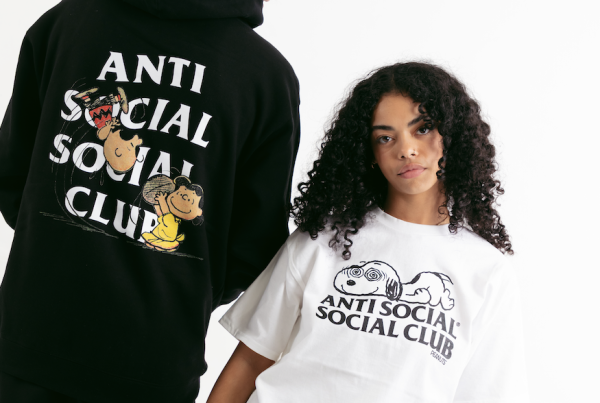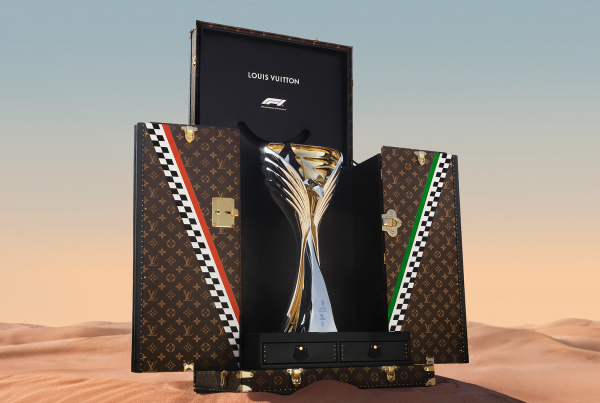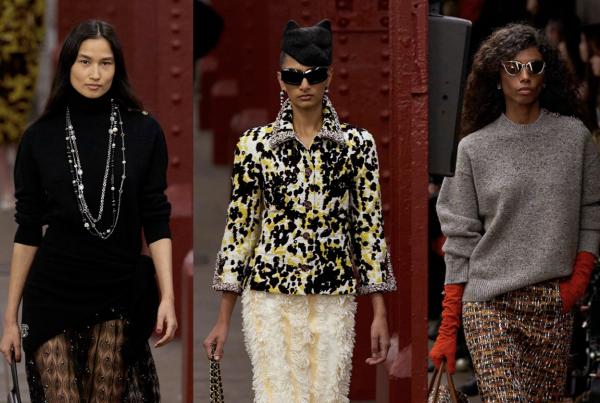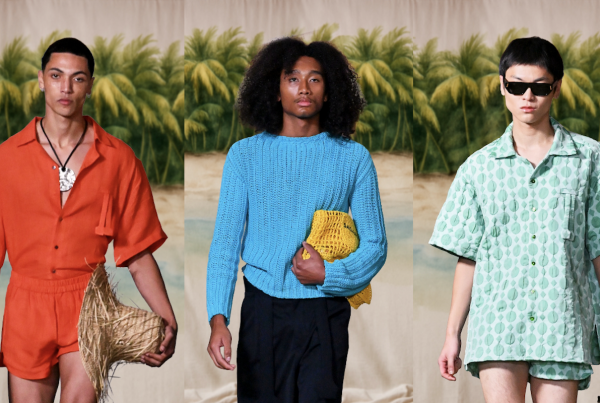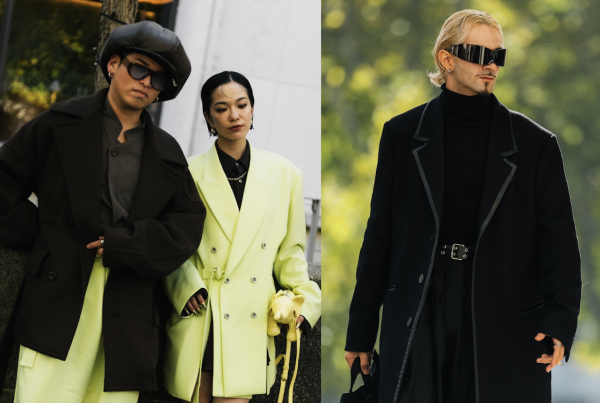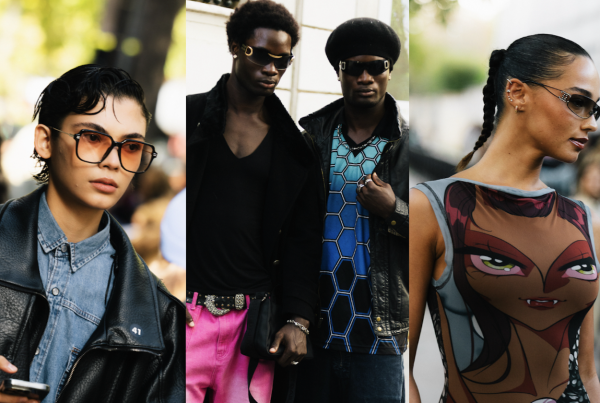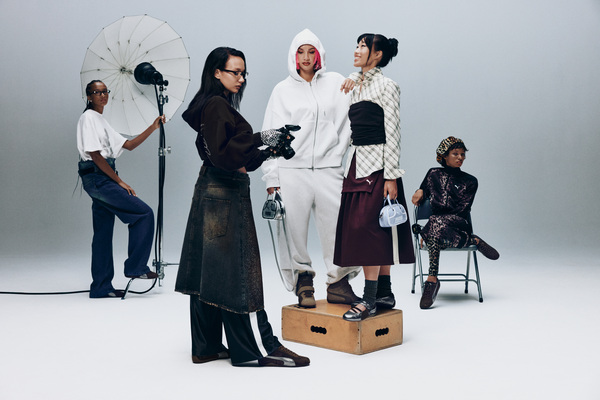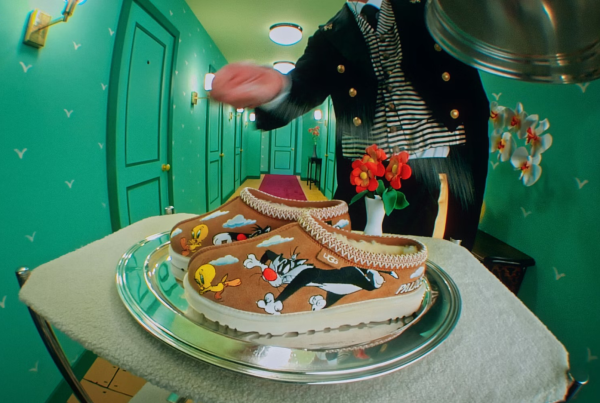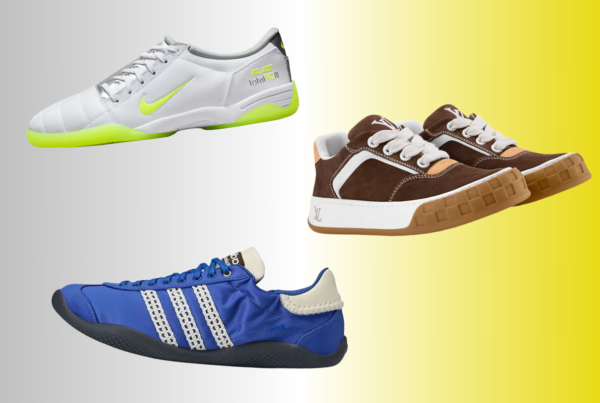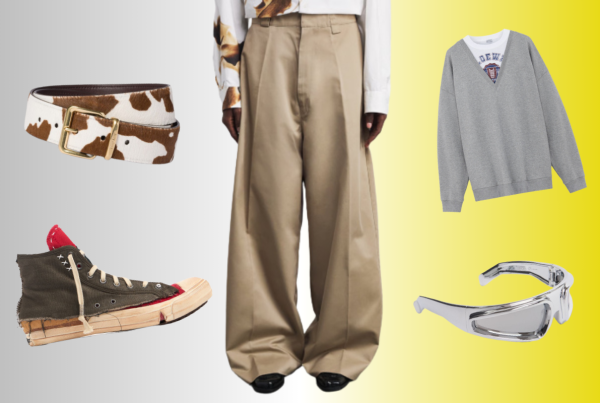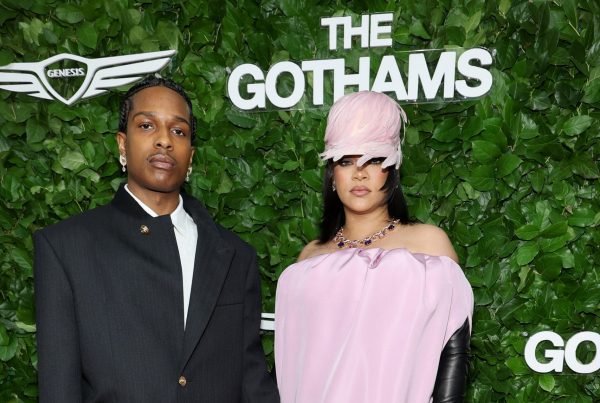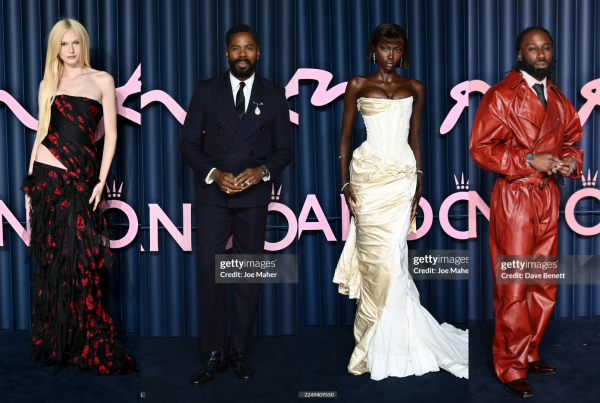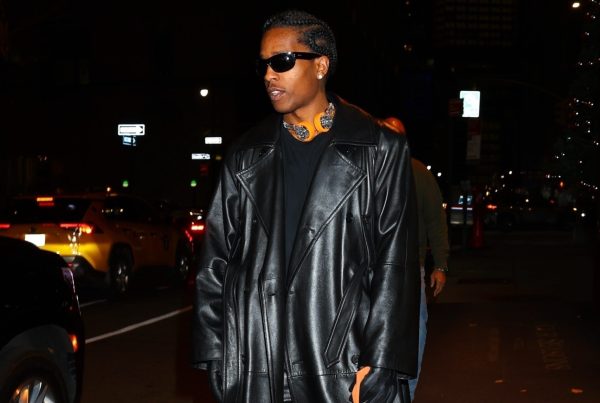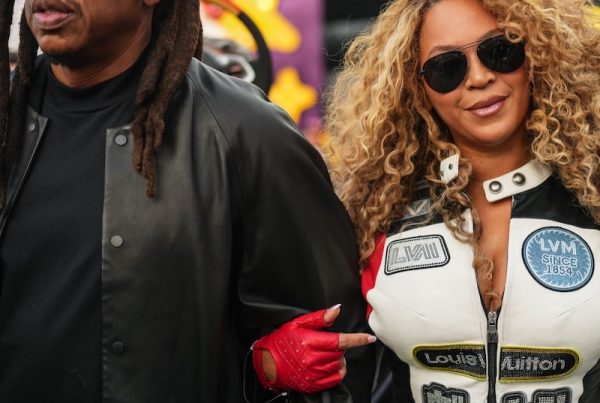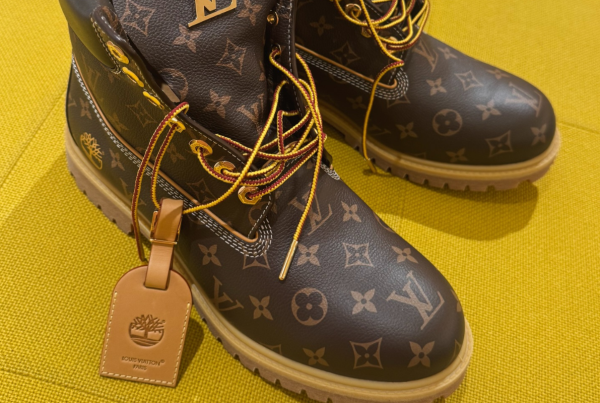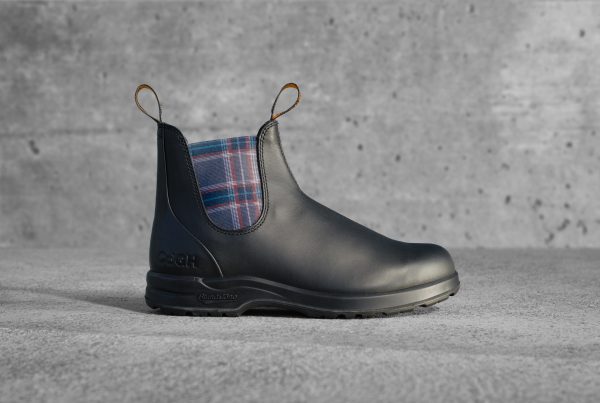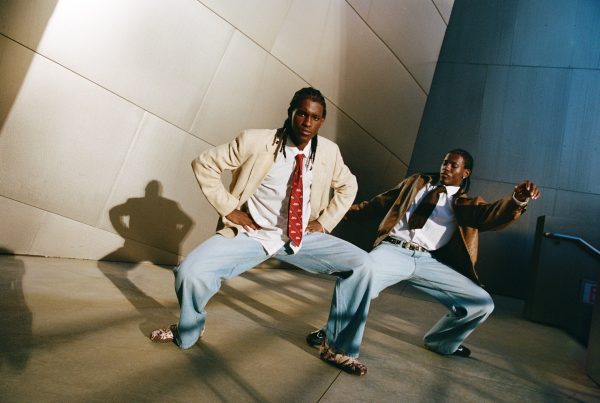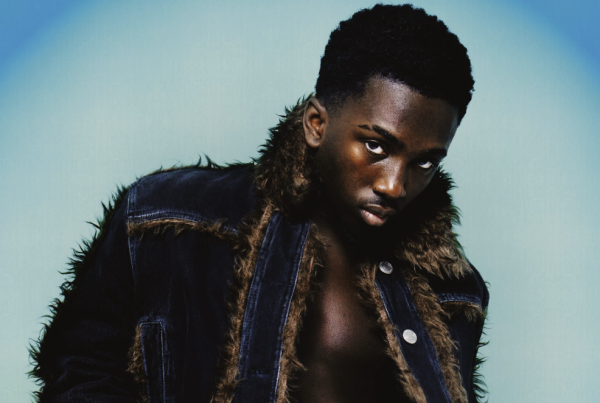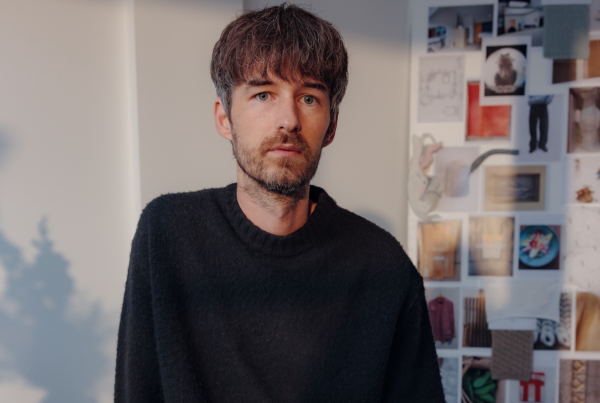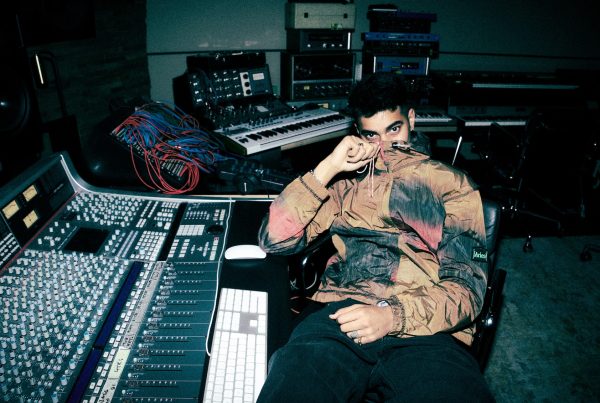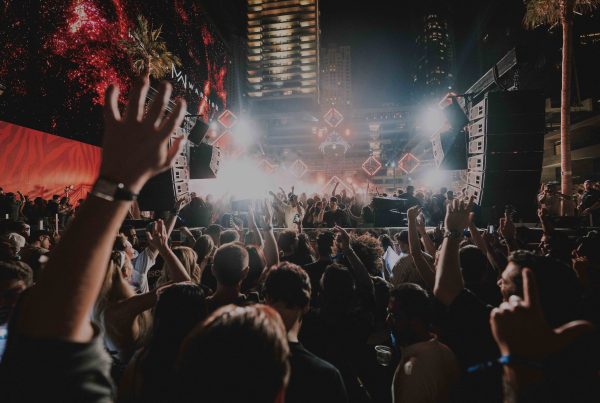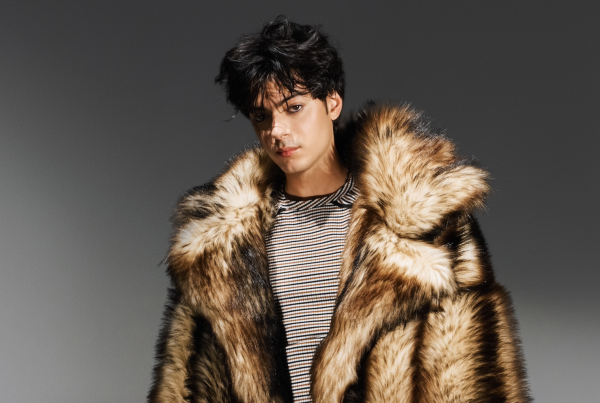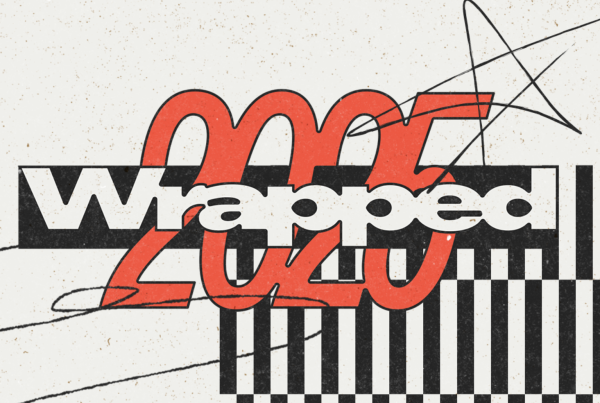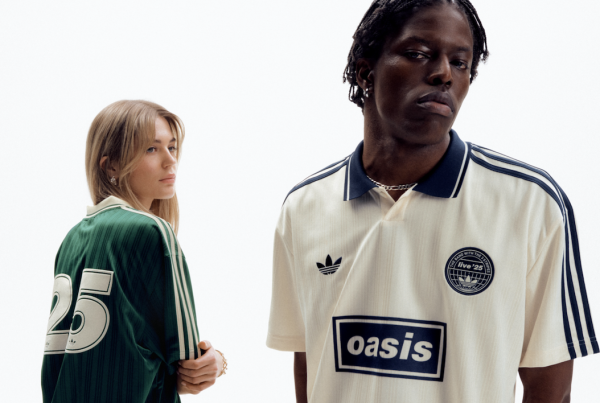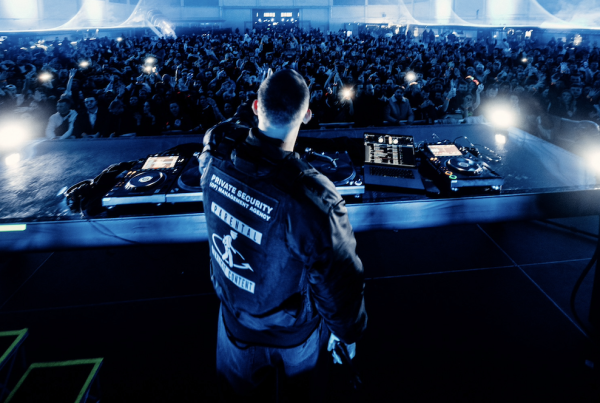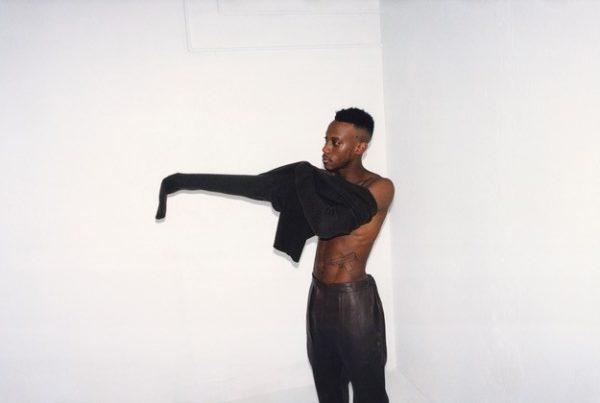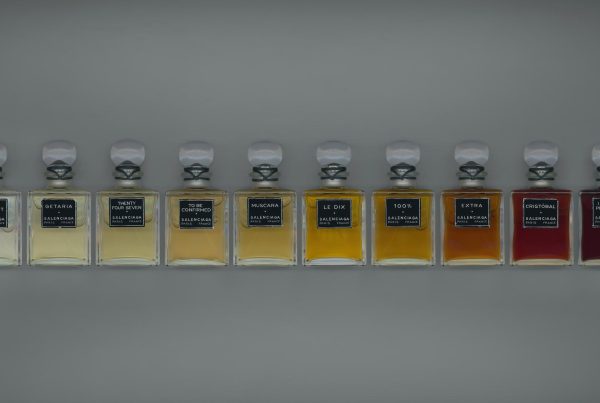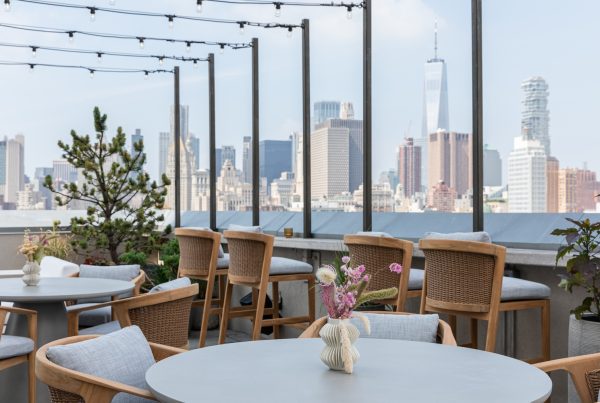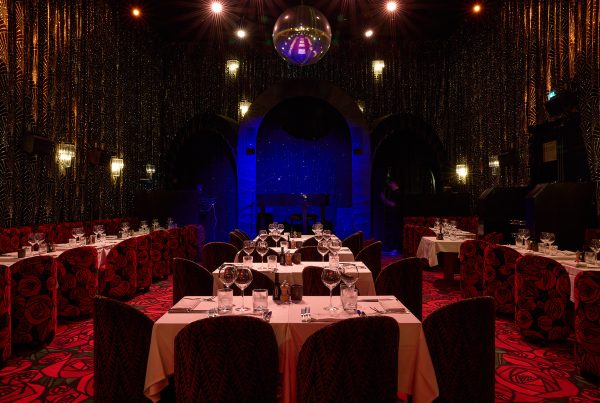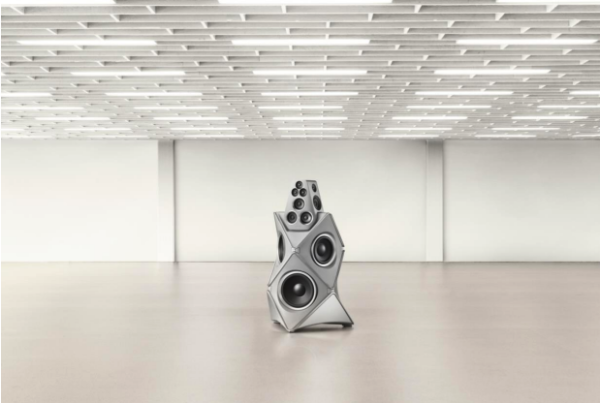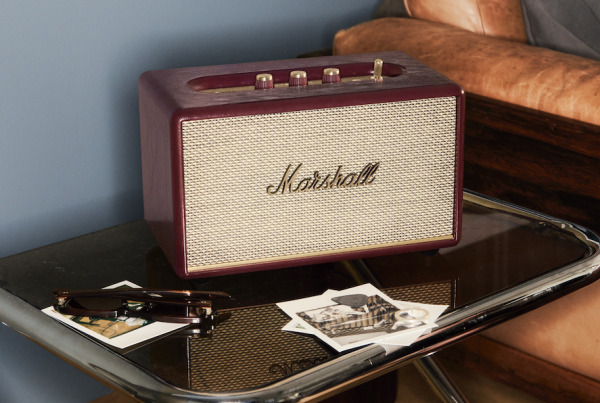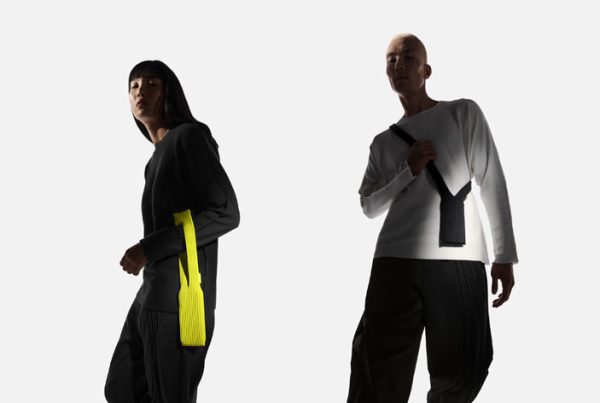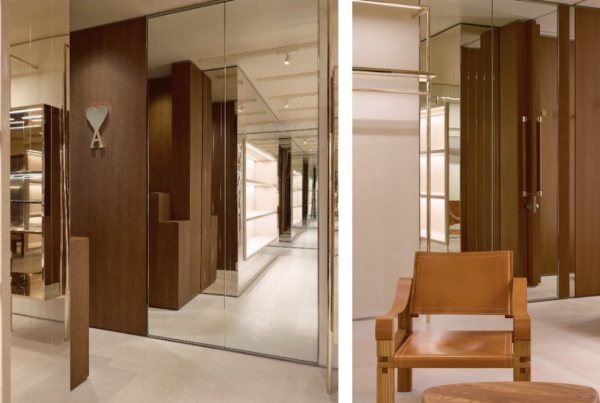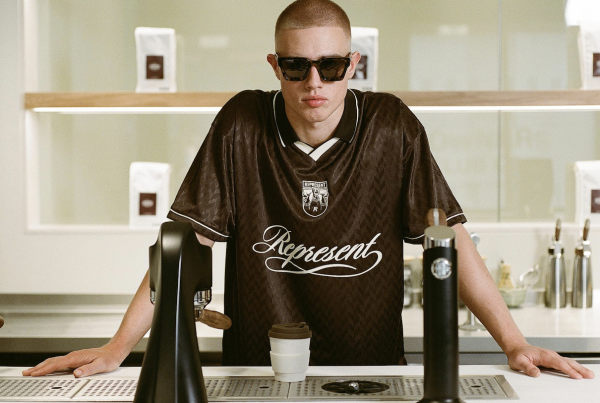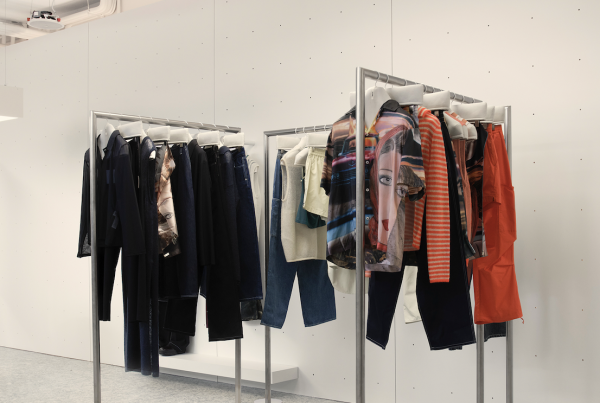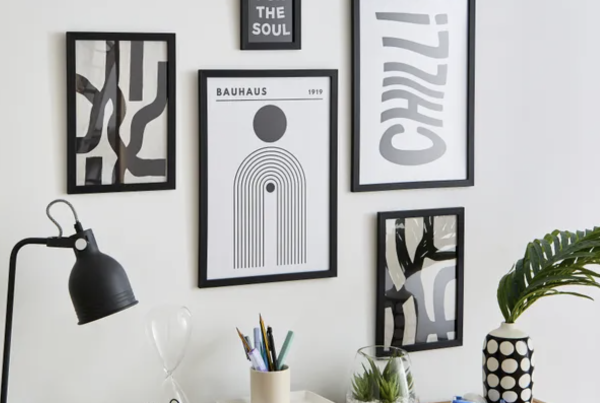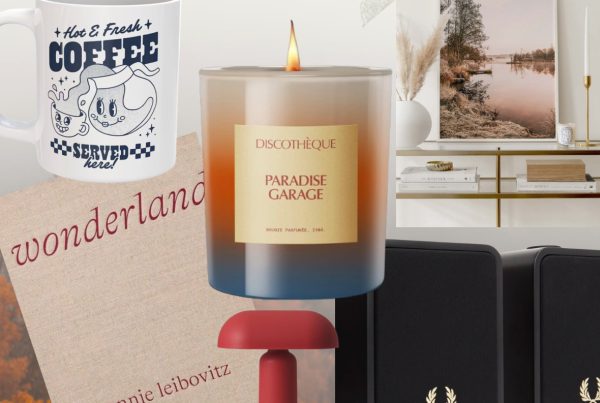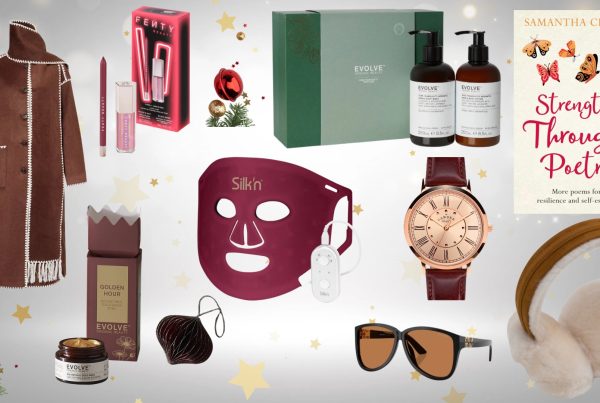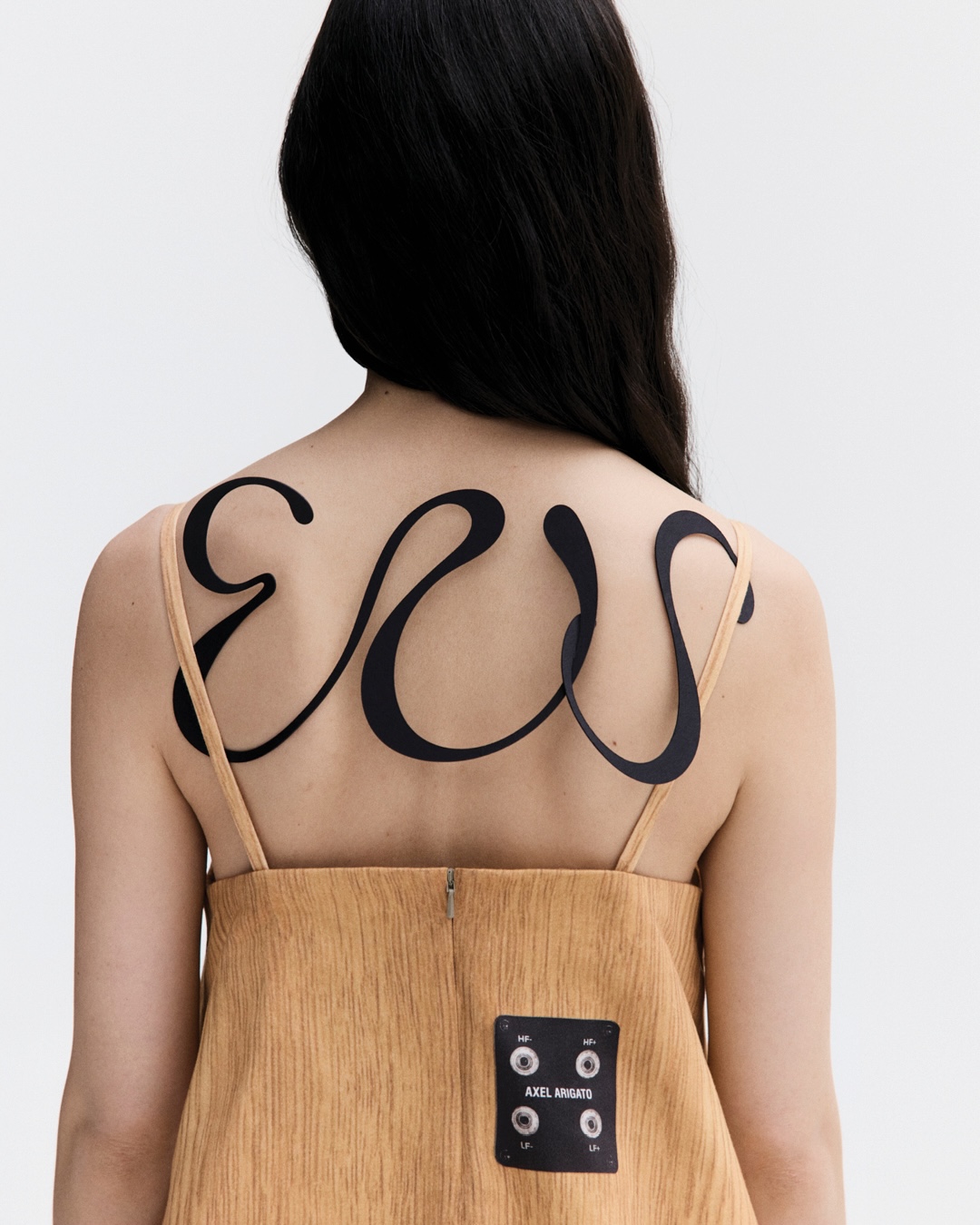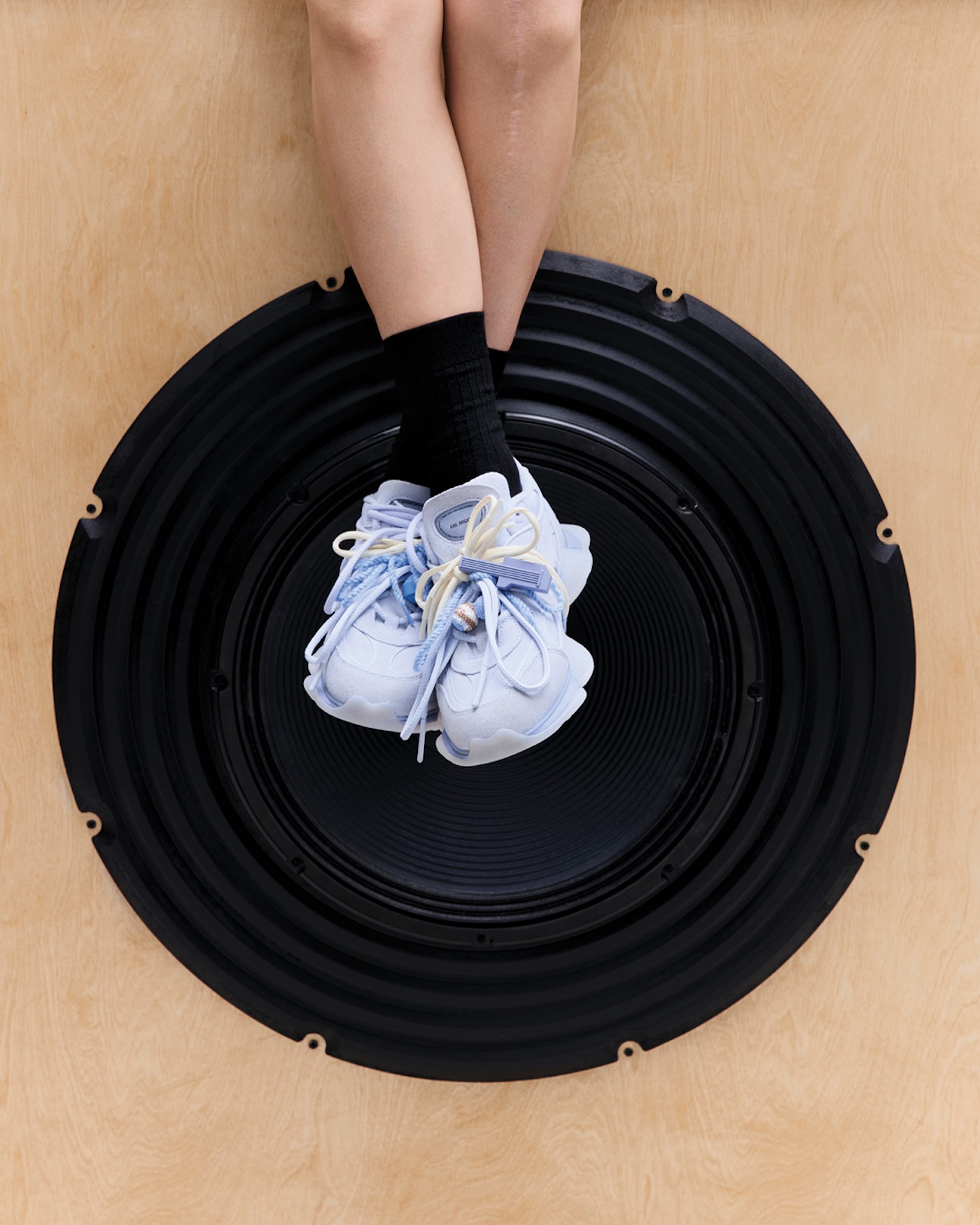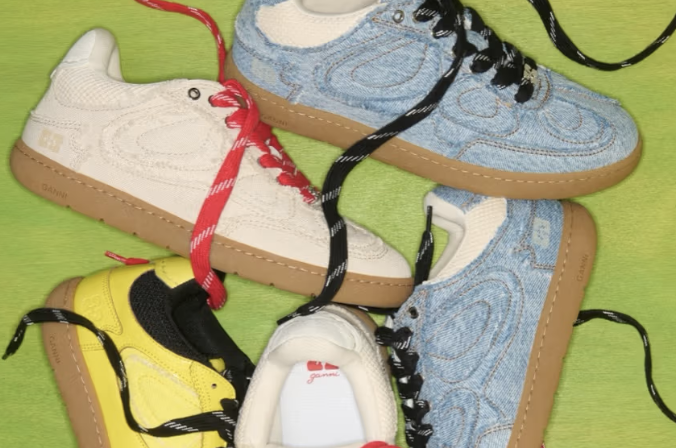Jens Werner, Axel Arigato Creative Director.
“Building a brand community is reliant on originality and authenticity.”
Jens Werner is flipping the script at Axel Arigato. The German-born designer, now Creative Director at the Swedish label, brings a fresh point of view shaped by an unexpected journey. From contributing to Y-3 and other adidas fashion collaborations to being the Creative Director of J.Lindeberg. He is now steering Axel Arigato into a new era, blending streetwear energy with his distinct and refined take tailoring, and pushing the brand past its sneaker-first identity into a full lifestyle universe.
We caught up with Werner to talk about his journey, how the changing landscape of design is shaping his creative DNA, and what’s next for a brand that refuses to stand still.
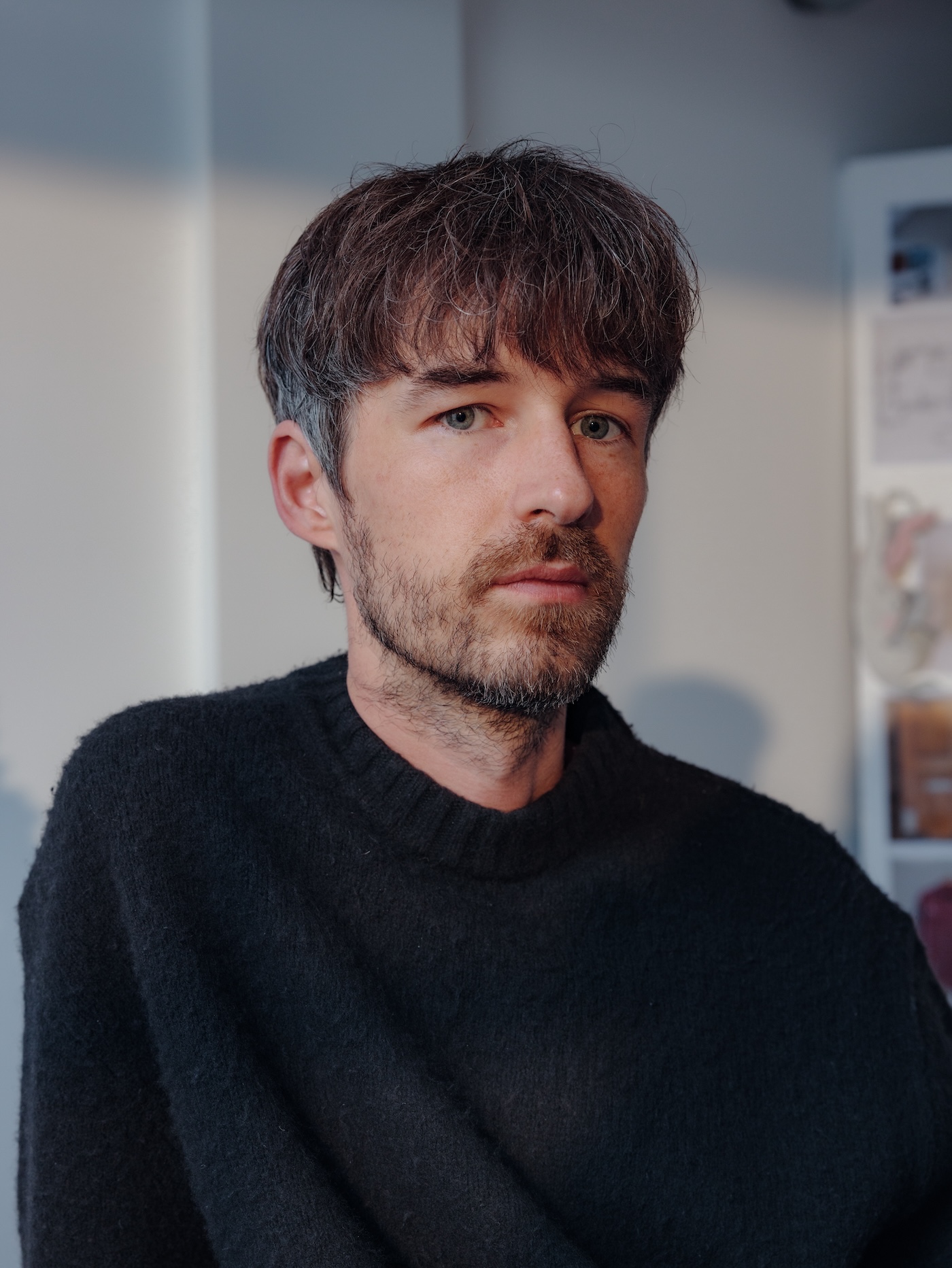
Let’s start at the beginning. What drew you to fashion in the first place? Was there a moment or influence early on that made you realise this was the path you wanted to follow?
JW: Self-expression and an urge to make stuff. I have always been drawn to materials, things that surround you, that might have been leftovers, things that no one used anymore. As a teenager and for as long as I had been skateboarding – I have made my own wooden ramps, which also got me into furniture, objects, interior and architecture. Streetwear – clothes and sneakers played a big part. My interest in fashion – and making my own clothes came later, during the end of high school. I was tired of shopping from the same few sources, everyone ran around with the same things. Growing up in a small city in south Germany – there wasn’t so much to choose from. I started picking apart my favourite trousers – to understand pattern shapes – which I then traced onto some fabric to make small alterations to the shape that I wanted. I had my mum’s sewing machine and played around. Thats how I got hooked. I started making more and more stuff for myself, later for friends, getting into sketching ideas and figuring out how to translate those into prototype. From there I made a small collection and started applying for internships.
Before joining Axel Arigato, you held creative roles at J.Lindeberg which is where we met, and Adidas where you contributed to the Y-3 line. How did those experiences inform the kind of Creative Director you are today?
The two brand-journeys you mentioned are particularly special, adidas Y-3, as it was my very first job in fashion – and J.Lindeberg, where I had my first opportunity as Creative Director. They both, as well as other experiences, inform my approach to creative work today. With every role and brand you learn and evolve, and you find yourself. Bridging fashion and sports lines at J.Lindeberg was an interesting challenge with a wide audience, all with different interests. Working at Y-3 allowed me to gain understanding of how to fuse and blend different worlds, Yohji Yamamoto’s avant-garde Japanese style with a heritage sportswear giant. I always enjoyed friction in design and expression – I think that’s what all my previous roles had in common, and what informs my creative choices. At Axel Arigato I like to play with polarizing opposites, a curiosity in redefining minimalism with a lot of personality and expression. And – defining and shaping its own product and aspirational world around sneakers.
You’ve described your approach as being rooted in a “design-forward” philosophy. How would you define that in the context of today’s fashion landscape?
Axel Arigato has always been about evolving, innovating and staying relevant – with its communication, events, and product releases. Our “design forward” approach especially the past 10 months has been a fundamental shift in how we start new sneaker projects. It’s an organic, emotional process, led by vision, excitement and curiosity, rather than a definition of the result. It’s more open, less boxed in, design-led, surprising and curious. Art plays a bigger role in product influence and inspiration – and constructions are pushed forward. We prioritize innovation, creativity, and aesthetics to push the boundaries of traditional design. In today’s fashion landscape, this means staying ahead of trends by focusing on timeless, thoughtful design that combines function and form and its own expression. It’s about creating pieces that not only look good but also inspire and resonate on a deeper level, embracing both originality and craftsmanship in every step of our process
Your first collection for Axel Arigato, Infinite Dream, felt like a bold statement. Futuristic, emotional, and deeply considered. What was the vision behind that collection, and what story were you trying to tell?
Infinite Dream was a concept to show a future vision for the brand, by packaging product, story, and brand DNA in a new way. The idea of a brand being bigger than its products; a story, a world – its people. We wanted to shift from our drop of the week product model to a story-telling, campaign-led release strategy, where product is more contextualized. Dreaming bigger has always been in the brand’s DNA, and its 10th anniversary last year felt like a good timing to celebrate this infinite dream. The campaign stretched over 9 episodes, with talents captured in a curated hotel-esque room. One of my first thoughts when I got appointed Creative Director last year was ‘How do you talk artistically to a wide audience, with different interests, different reasons to buy a sneaker from us, different lifestyles’ – and the idea of ‘shared memories and common spaces’. An intriguing thought “you never know who slept in your bed the night before” in a hotel room, inspired the whole collection and campaign. It’s intimate, personal but at the same time a space that’s available for anyone to access. The space shaped up over 3 months, featuring artist contributions of curious objects, custom-made furniture, and 10 talents. The collection itself took inspiration in the journey of travelling to the Hotel destination, the arrival and receptionist, hotel signage, and its made-up dress codes.
Axel Arigato was born as a sneaker brand but has grown into a full lifestyle label. How do you balance that streetwear DNA with your own aesthetic, which feels more structured and conceptual?
Structure and concept is, for me, a starting point for any collection. It informs details, shapes and how a story can be told without needing words. It can translate into graphic as well as silhouette and later the campaigns. I like the idea of narrative and therefore personality in all of my designs, even when it’s a simple product in the end. The brand has always had a good balance of streetwear and sophistication in its sneaker offering. It’s my ambition to bring these closer together and use the same concepts across shoes and ready-to-wear.
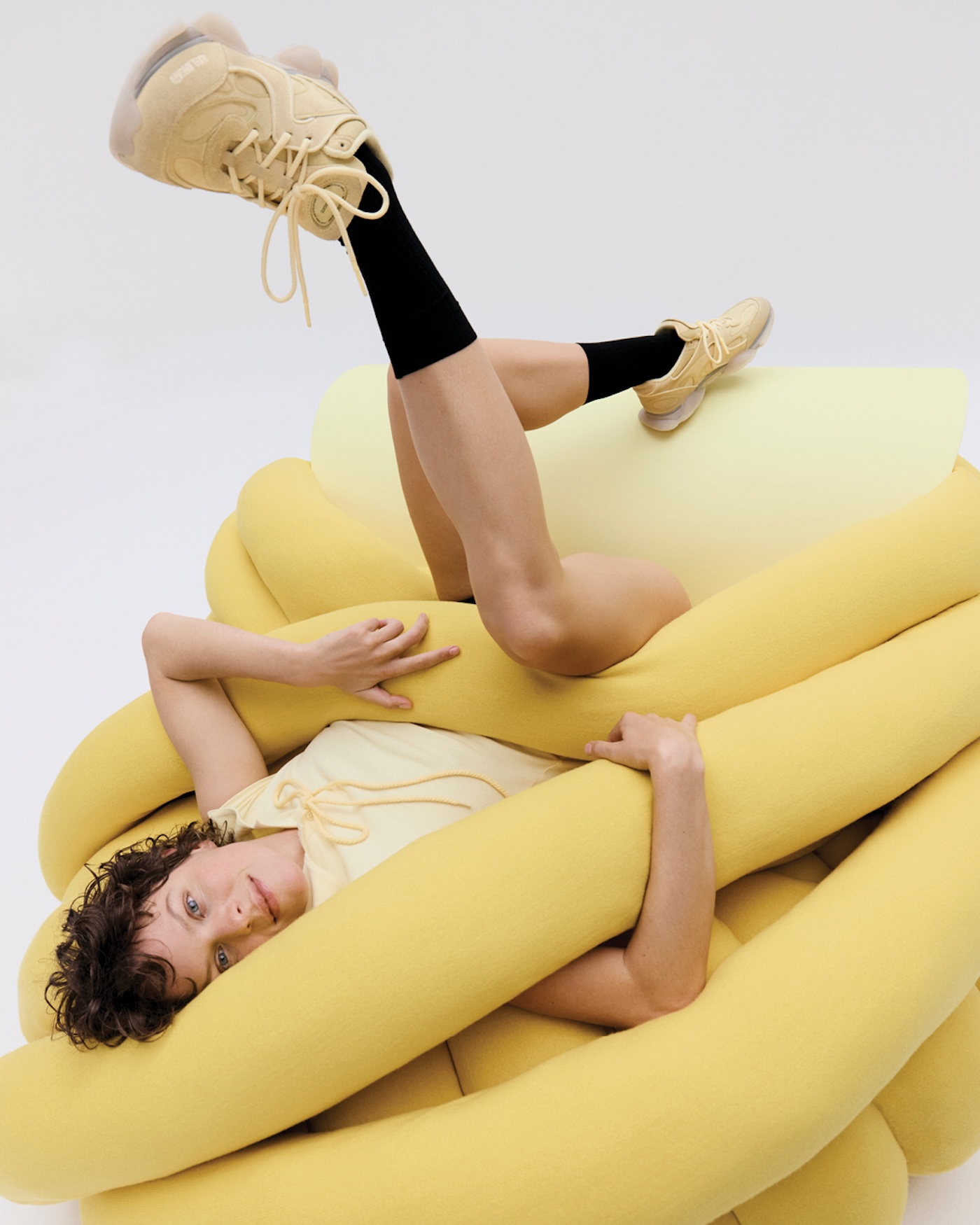
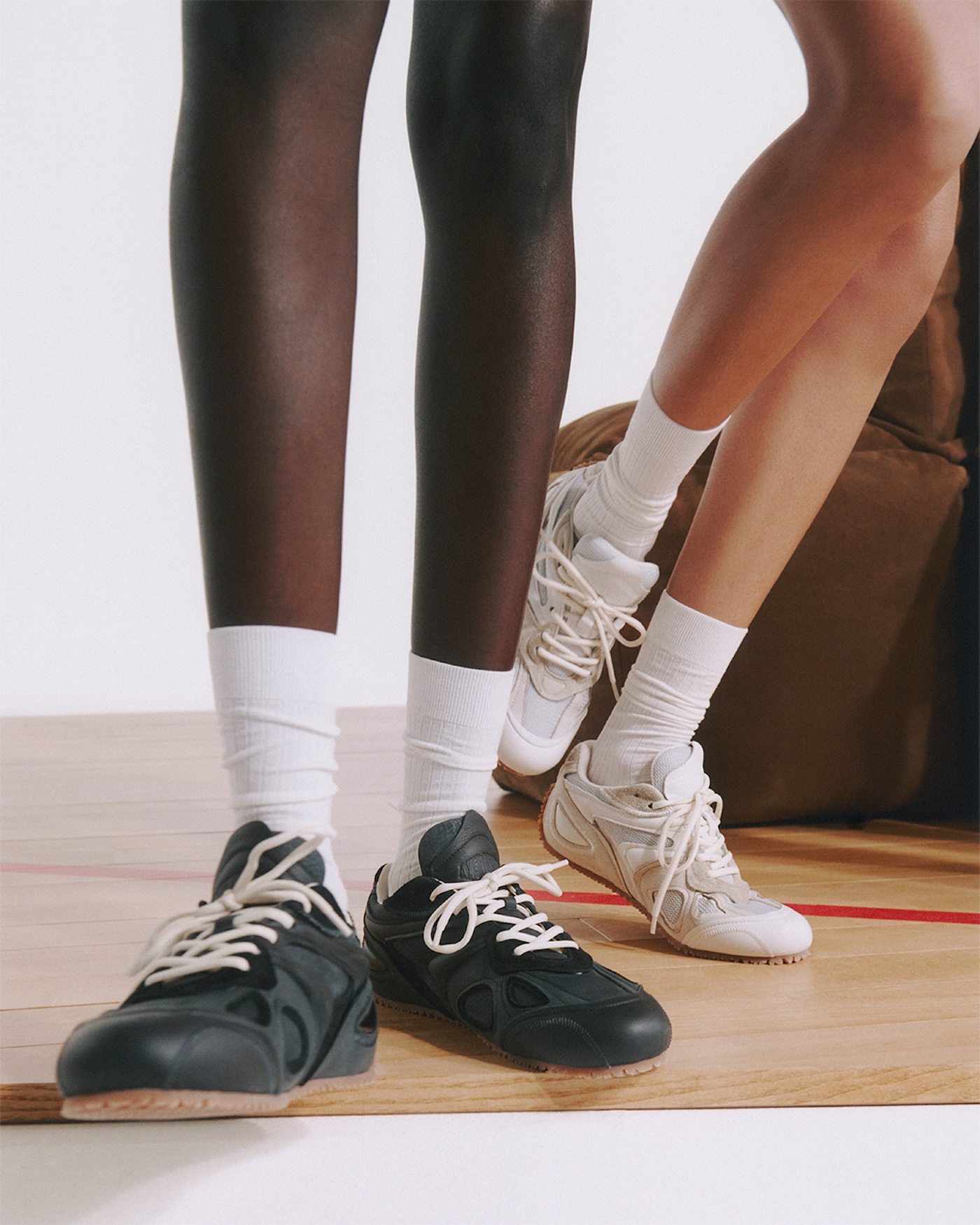
“For me, collaboration is essential for staying creative.“
Collaboration seems central to your creative process. Whether it’s with stylists, photographers, or your in-house team. What does collaboration mean to you, and how do you nurture it?
For me, collaboration is essential for staying creative. One of the things that I am most passionate about in my role, is having the ability to connect and work with various multidisciplinary artists. I get so much inspiration through working closely with such a wide range of collaborators – from furniture and object designers to artists and image makers. Working in collaboration with talented people is something that brings me a lot of joy – and continues to push my creative process forward.
The brand has always had a strong community-driven identity. How are you evolving that community while staying true to its roots?
The word ‘community’ has recently become a little overused in today’s day and age. But Axel Arigato has always – since the brand was founded – authentically built an audience who’s connected to the brand in a real way. And this is a legacy that means a lot for me to uphold. And for me, the importance of cultivating this community is through creating products, stories, and content that continues to add value to our customers’ lives. Especially in today’s world of oversaturation – building a brand community is reliant on originality and authenticity. Through the pursuit of this, I believe you can always continue to foster a genuine brand network.
Sustainability and purpose are now non-negotiables in modern fashion. How do these values show up in your work, not just in materials, but in the way, collections are conceived and communicated?
Besides our continuous efforts in improving our supply chain and our material sourcing in our OUR:TOMORROW strategy, my approach to set design has always been driven by sustainability and purpose – focusing on longevity of objects, creating bespoke art and furniture instead of props. All these pieces are stored and wait for a life after the campaign shoots, ranging from own designs and creations to artists contributions that shape our campaign universes.

The intersection of digital culture and fashion is accelerating. How do you see Axel Arigato engaging with this shift under your creative direction?
In a practical sense, my design and creative teams continue to innovate with how we can leverage all the new and emerging digital tools that enhance the speed and efficiency at which we work. As a brand that’s always been very plugged in as digital-first, D2C organization, remaining at the intersection of digital culture and fashion will be essential for us, as we continue to evolve with and alongside our customer. We use our digital channels beyond product launches, to connect with our audience and entertain through storytelling campaigns, people’s stories, and our events.
You’ve said your mission is to “elevate without alienating.” How do you navigate that balance between luxury and accessibility?
At Axel Arigato, we strike this balance by creating products that are made with some of the most luxurious materials and obsess over the small, intricate details that make them special. It’s not about overcomplicating things, it just about taking products that consistency enhance our customers wardrobe, and adding intentional design interventions which set them apart. In our campaigns – we play into ‘shared spaces and memories’ – things that hopefully many can relate to, while taking them out of their usual context, or showing them through a different lens.
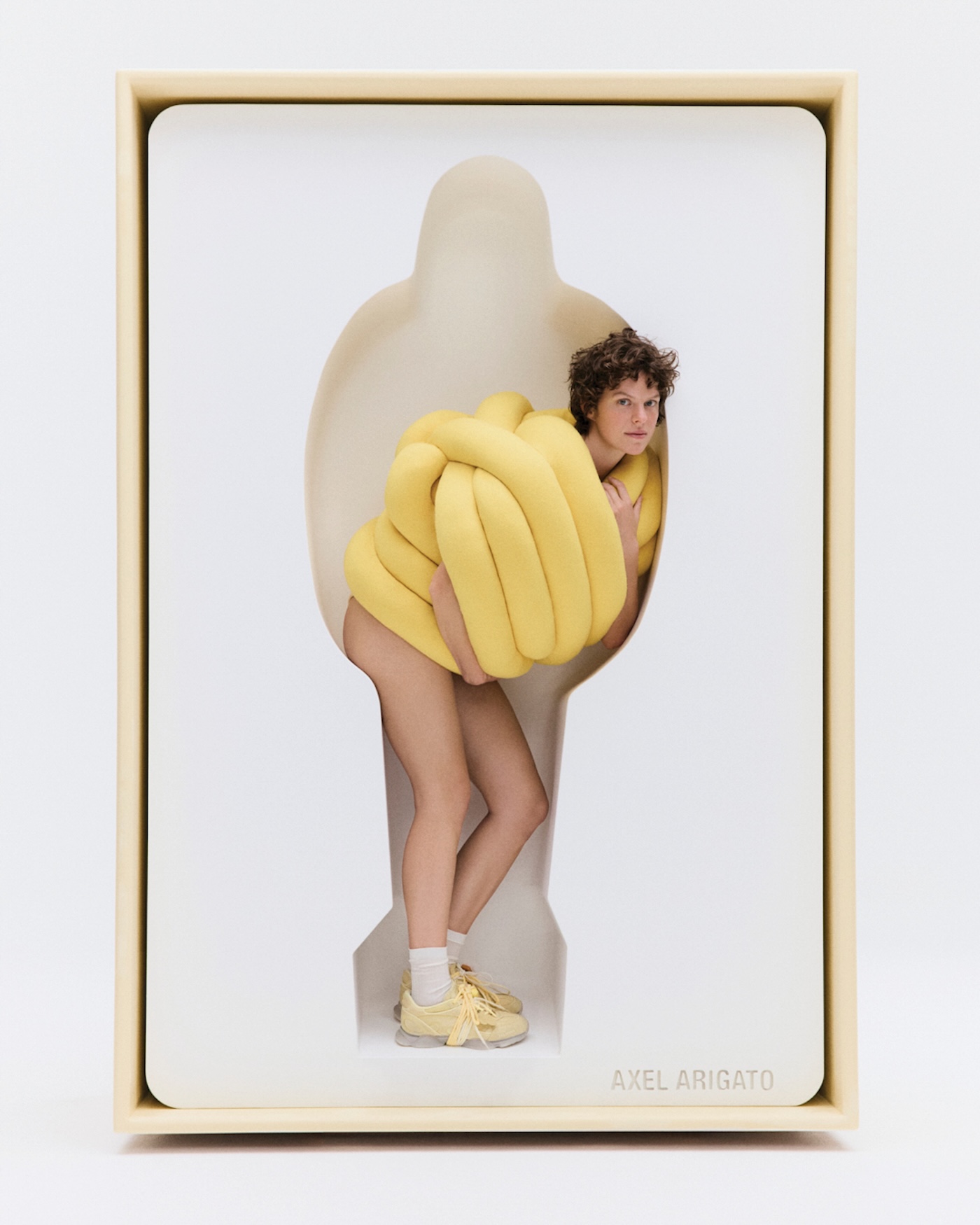
From your perspective, what does luxury mean to a younger generation today, and how is Axel Arigato responding to that?
My answer is predominately shaped by my experience of living in London, New York, Stockholm, and Germany, so I can’t speak for everyone everywhere. But my feeling is that ‘luxury’ for the younger generation is becoming much more fluid than it was for my generation. Luxury is no longer about the clothes you wear, or the cars you drive, or the nice restaurants you eat at. We’ve never been a brand that wanted to exist within the pure luxury space… for us, luxury can be represented by experiences, through new connections, through discovery. This is how we have and will continue to respond to the ever-evolving mood around luxury.
There’s a quiet confidence in your designs, a kind of understated cool. Where does that sensibility come from?
I think its something that just comes from my upbringing, and who I am as a person. I’ve never been someone who gravitates to the loud or the crazy… I think it might have something to do with being raised in Germany, and always having this connection to design and function, it’s never been about excess – it’s always been about intentionality, but with personality.

As you continue shaping Axel Arigato’s future, what are you most excited about creatively? What do you still want to explore?
I’m super excited to see how we can continue to disrupt and innovate within the footwear market position we have carved out for ourselves. There’s a lot more we can do here, and I’m excited to see how we can continue to push the envelope out further – focusing on innovation and emphasizing our own point of view – head to toe. There is also so much I still want to play around with for our campaign creatives, the surreal objects and furniture, and stories that I want to tell.
Finally, for emerging designers and creatives looking up to you — what’s one piece of advice you’d offer about carving out a distinct voice in the fashion world?
Besides being patient, hardworking, and endlessly passionate – I think most important is to follow your vision and dream, but also knowing that the way to get there is not always linear and might take you some compromises and mistakes. Being open, curious and kind – and building a network is key too.


